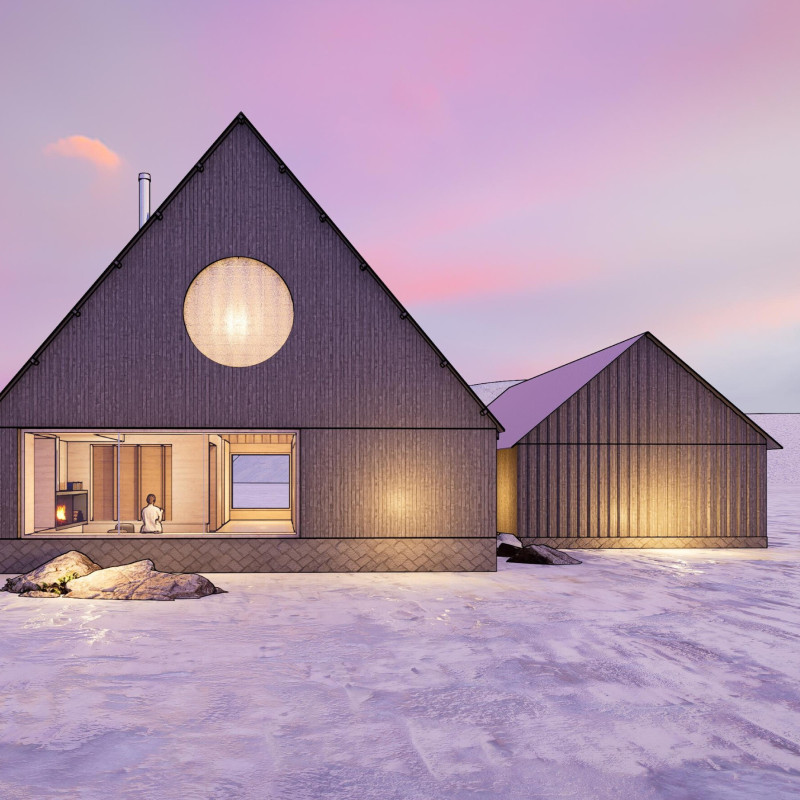5 key facts about this project
Central to the design is the concept of [insert central concept, such as sustainability, community integration, or adaptive reuse]. This guiding principle significantly informs every aspect of the project, from the choice of materials to the spatial organization. The design emphasizes transparency and connection to the outdoors, utilizing expansive glass façades that invite natural light deep into the interiors while offering panoramic views of the surrounding area. This approach promotes a seamless transition between indoor and outdoor environments, making nature an intrinsic part of the residents’ everyday experience.
The architectural design incorporates an array of carefully chosen materials, each selected for its properties and contextual significance. Concrete forms the structural backbone of the building, providing stability and durability. Additionally, warm wood accents, such as cedar and oak, are used to soften the concrete’s starkness, introducing texture and warmth that enhance the inviting atmosphere of the interiors. Glass is prominently featured, allowing for abundant light and creating a sense of openness. Metal elements, such as stainless steel or aluminum, provide modern detailing and contribute to the project's overall resilience. Stone finishes like limestone may be included in the landscaping, bridging the structure with the earth and harmonizing with the local geology.
The layout of the project is particularly noteworthy. It features a blend of private and communal spaces that cater to diverse user needs. Individual units maintain privacy while being designed to promote social interactions, thanks to strategically placed common areas. These spaces encourage residents to engage with one another, forming a sense of community that is increasingly vital in today’s urban environments. The integration of green spaces is another essential aspect of the design, where landscaped terraces and gardens are not mere add-ons but integral components that enhance living experiences and promote ecological diversity.
Unique design approaches evident in the project include the incorporation of innovative technologies for sustainability. Features such as rainwater harvesting systems, solar panels, and green roofs exemplify a commitment to minimizing the ecological footprint. These elements reflect a growing acknowledgment within architectural practices that developments should be environmentally responsible and energy-efficient.
The project also demonstrates a nuanced understanding of the local cultural context. Careful consideration of the architectural vernacular of the area informs stylistic choices, ensuring that the building resonates with its surroundings while maintaining a modern sensibility. Articulated façades reference local traditions, while modern design principles offer a distinctive contemporary character, bridging past and present.
As the project unfolds, it presents valuable lessons and insights into contemporary architecture’s evolving role within society. Its emphasis on thoughtful design, materiality, and sustainability aligns with ongoing discussions about living in harmony with nature and fostering community interaction. For those seeking a deeper understanding of these architectural intricacies, exploring the architectural plans, sections, and designs will reveal a wealth of information about the innovative ideas and practices that define this project. By delving into these elements, readers can appreciate the careful thought that underpins the architecture and its significance within the broader urban context.


 John Andrew James Tucker
John Andrew James Tucker 























